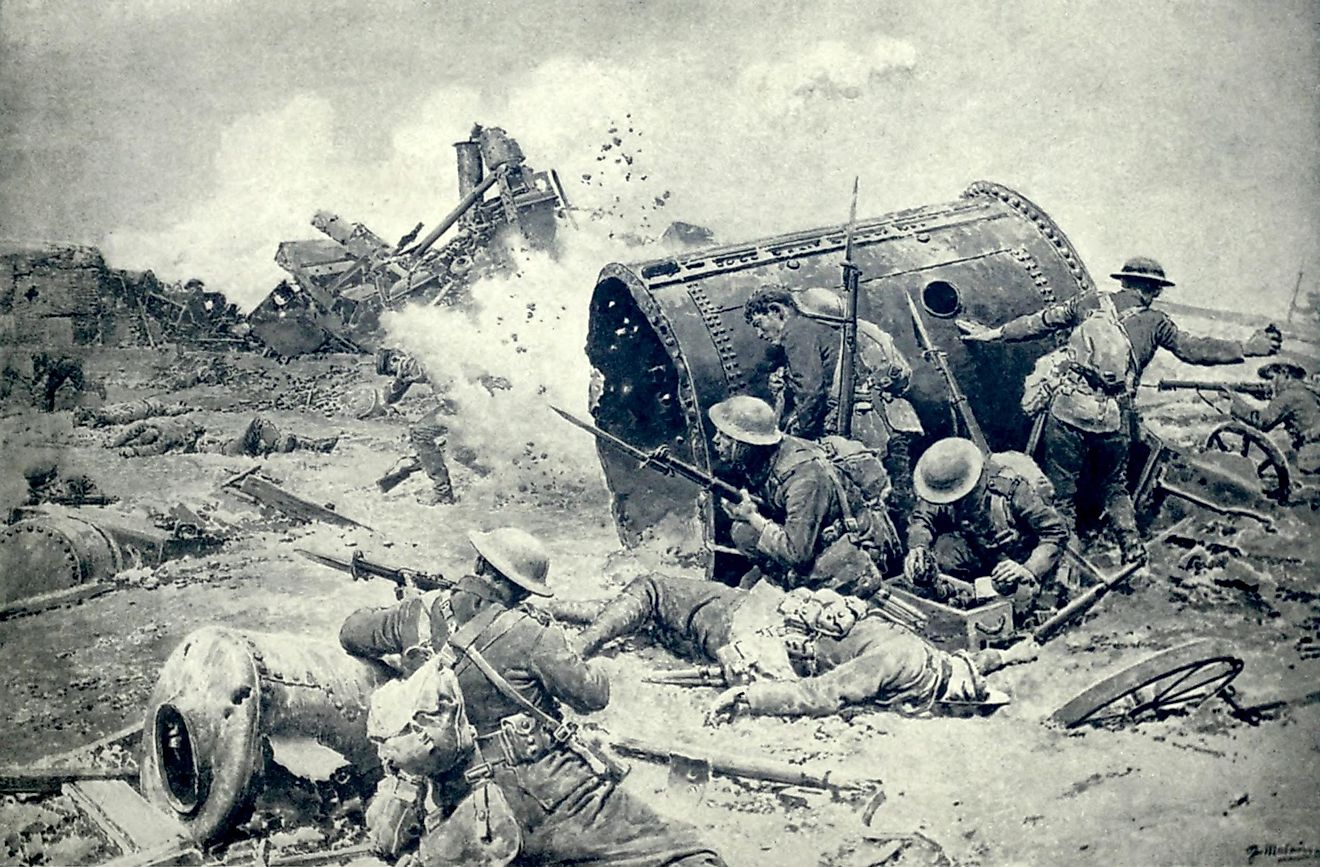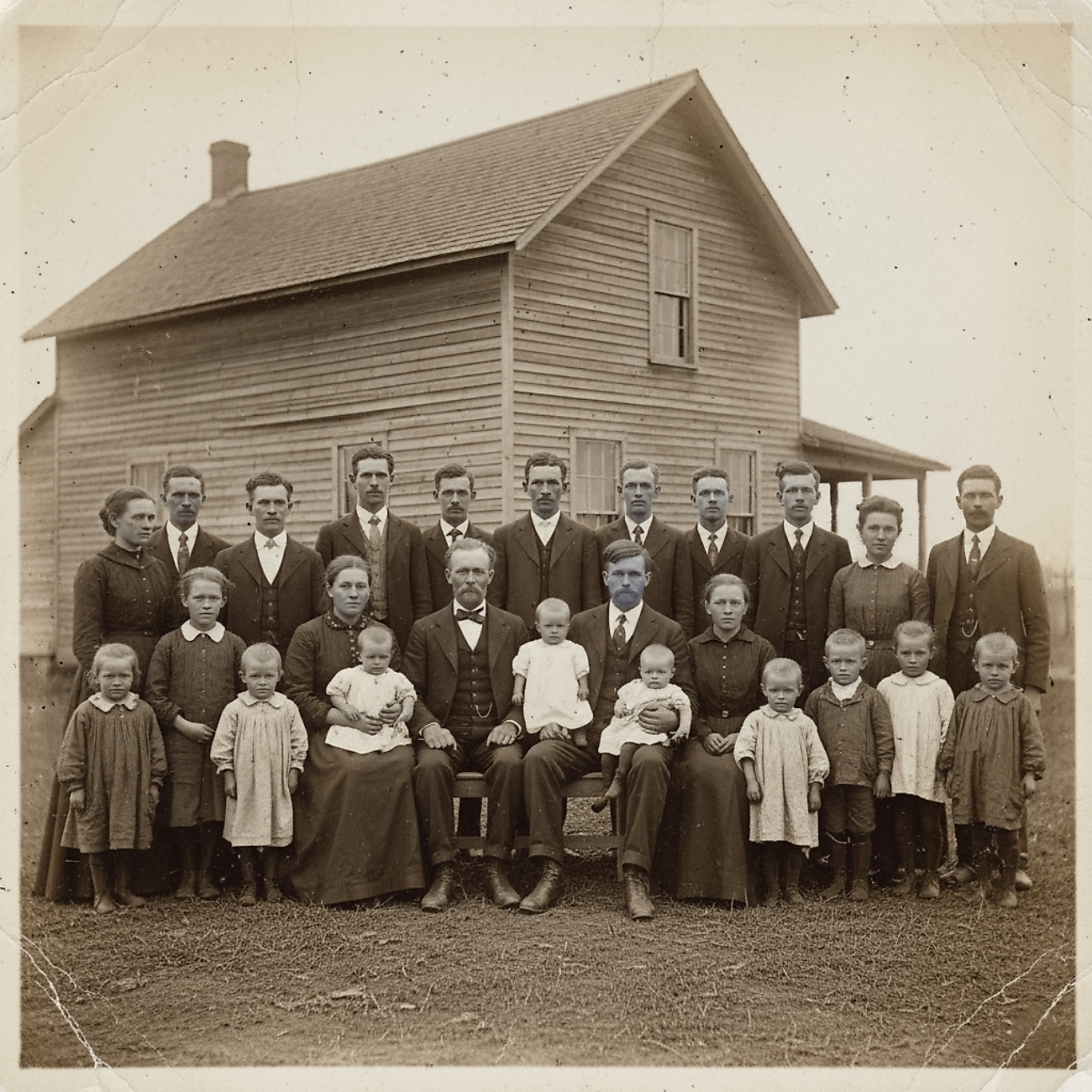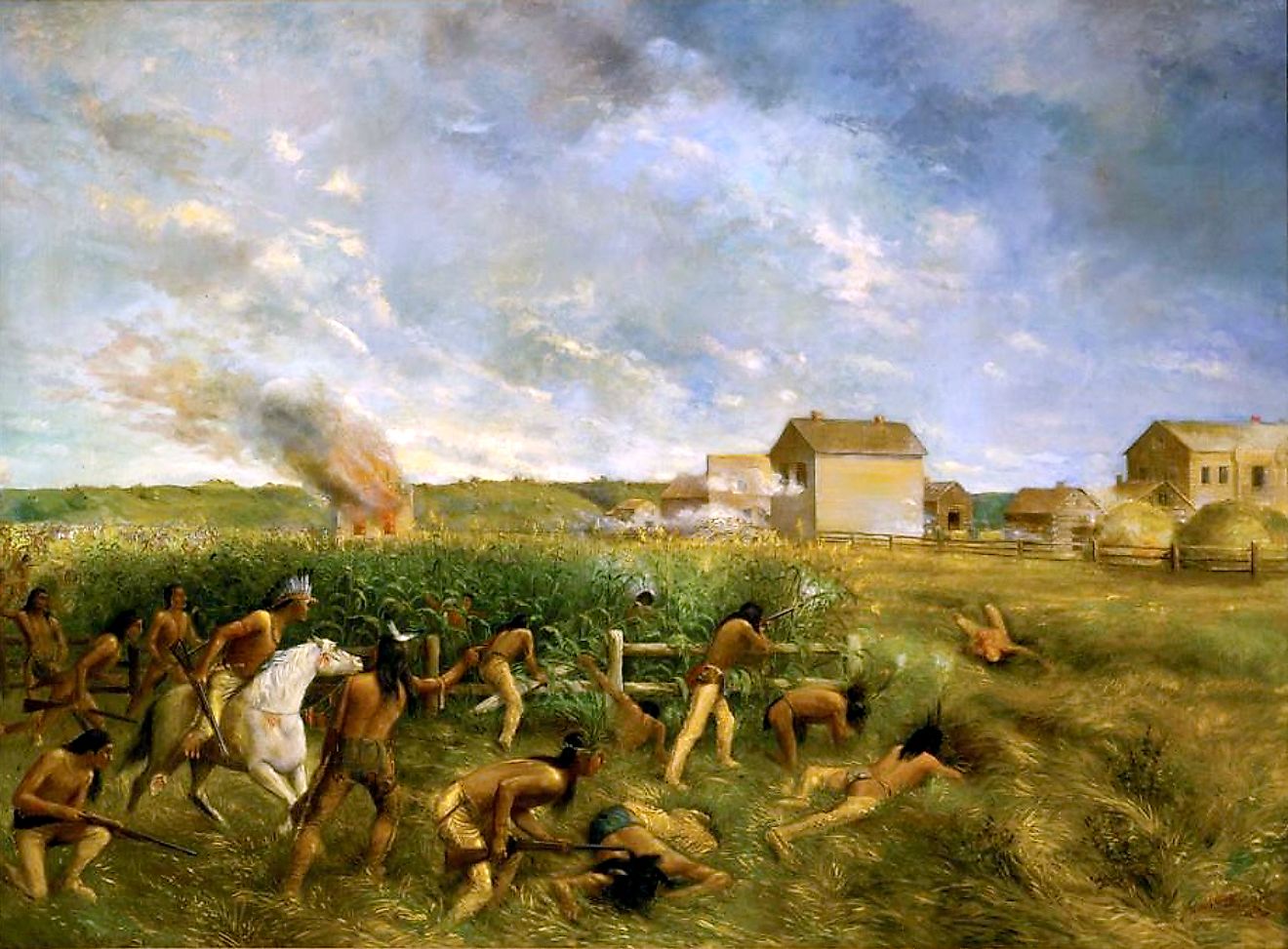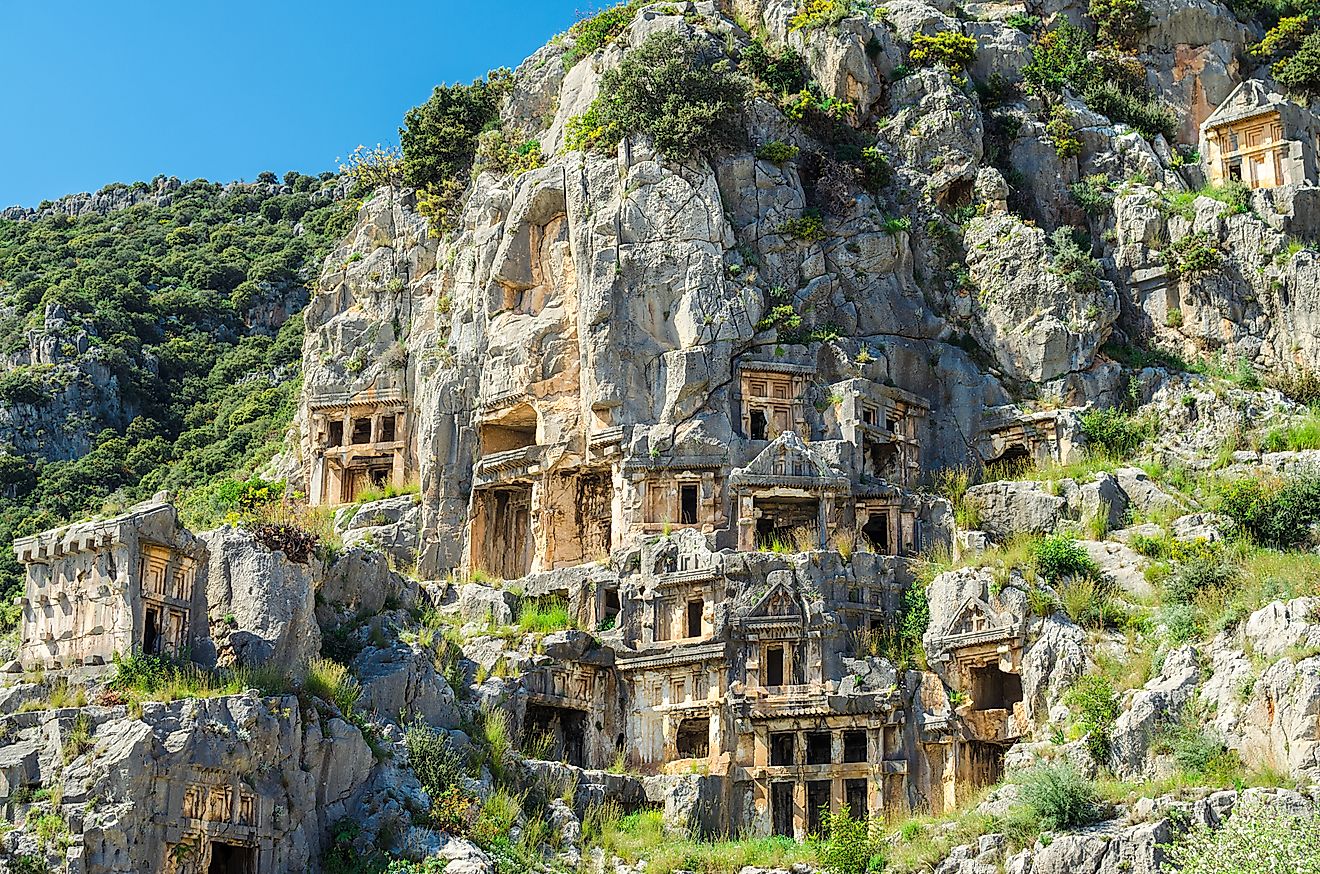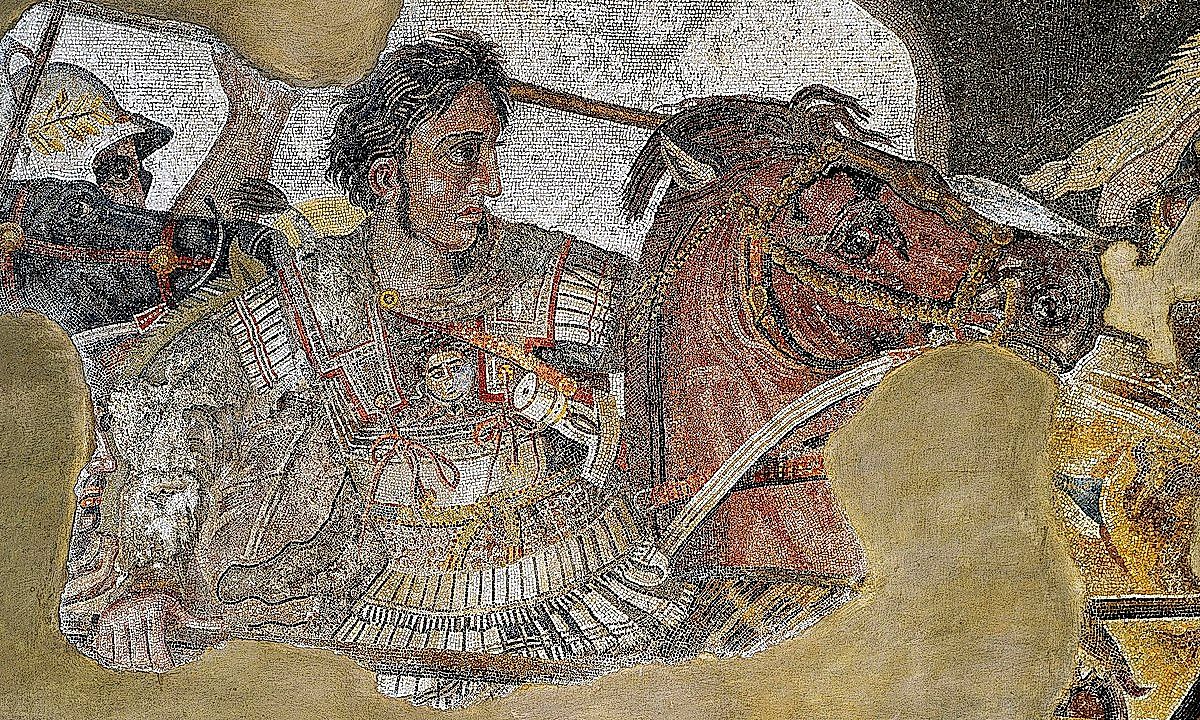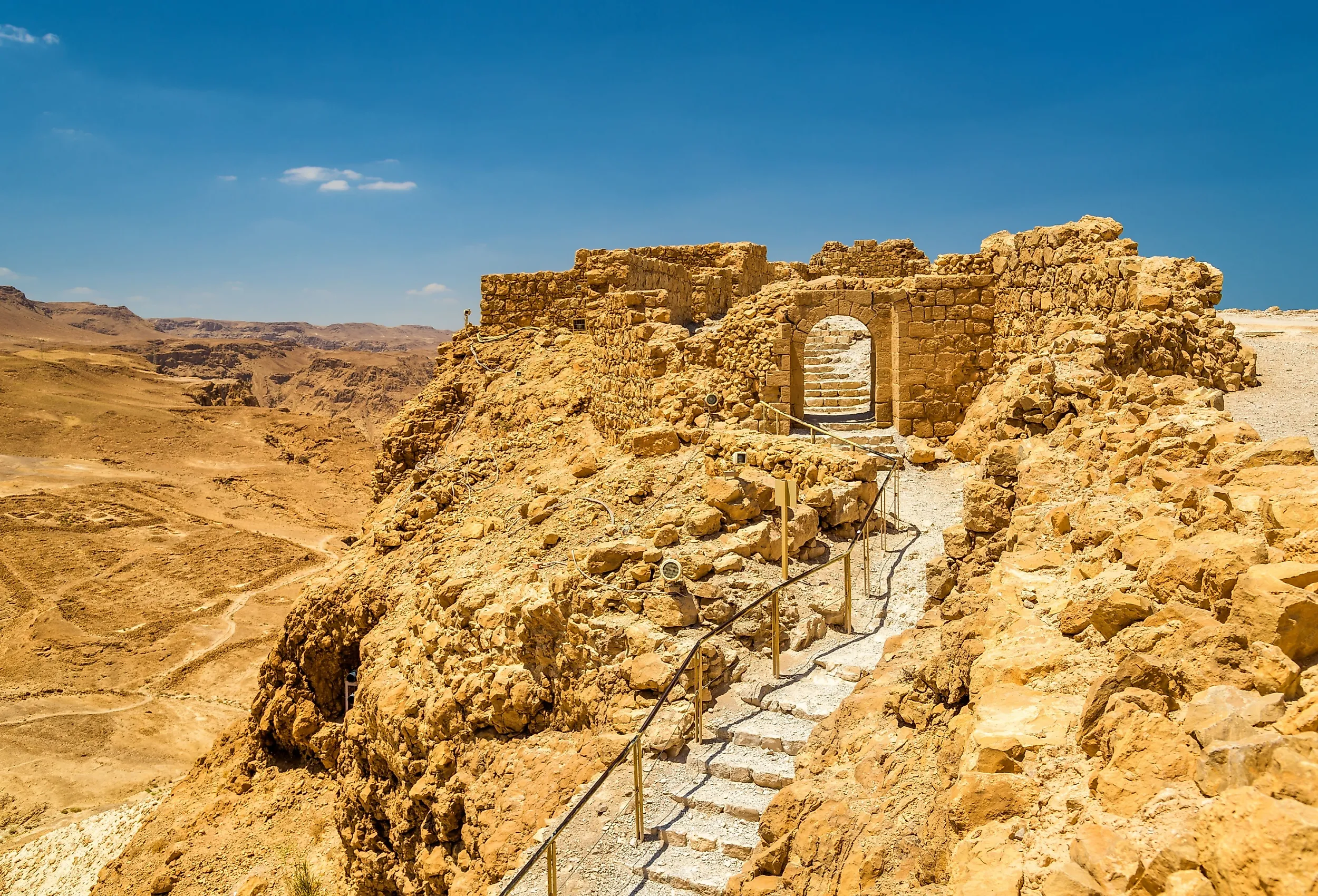
The Most Impregnable Ancient Fortresses Ever Built
The ancient world was a dangerous place to live—nomadic raiders, barbarian hordes, and the possibility that your nearest neighbors might attack at any moment. Defense was necessary to keep out small raids and incursions, and keep large empires and their conquering armies from annexing kingdoms and carrying your citizens off as captives. In order to protect themselves and their lands, ancient people built countless emplacements and fortifications; these are but a few of the most impregnable fortresses of the ancient world.
Troy/Hisarlik 3000 BCE-400 CE
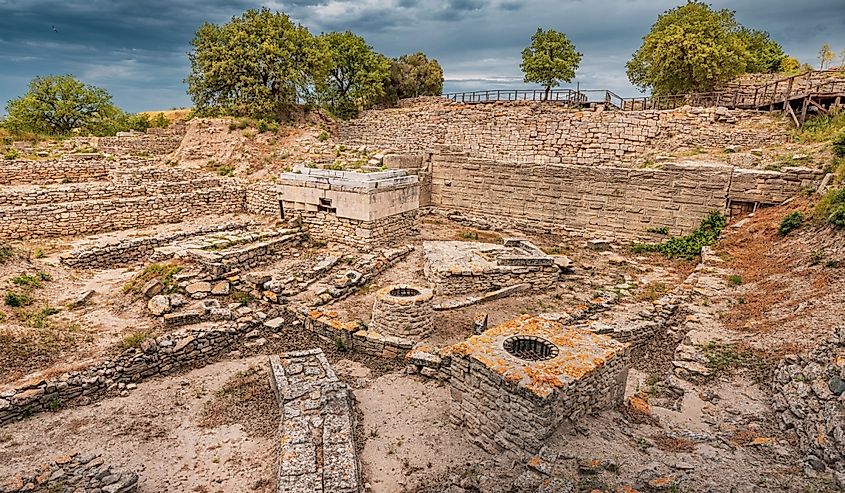
Troy is perhaps the most famous fortress of all time, vulnerable only to Greeks bearing gifts, according to Homer's Iliad. Historians considered the walled city a myth until the ruins at Hisarlik in modern-day Turkey were excavated. Rebuilt and destroyed multiple times over the years, the fortifications of Troy were first built around 3000 BCE, with successive eras of construction on the citadel ending about 400 CE. The Archaeologist, Heinrich Schliemann, excavated at Hisarlik in the late 1800s and discovered consecutive iterations of the city, which were numbered one through nine based on the layers of strata found. Troy VIIa, a reconstruction of the seventh generation of the fortified city, was destroyed by fire between 1260 and 1240 BCE and is considered the best candidate for the iteration of the city destroyed by a Greek invasion during the Hellenistic period. Situated between the Dardanelles and the Aegean Sea, historians theorize that the inhabitants controlled trade between the Black and Aegean seas. Featuring a limestone outer wall that was 15 feet thick at the base and rose 17 feet into the sky, the walls of Troy were accompanied by brick ramparts and watchtowers that left the city virtually impregnable, impregnable to anything but a Trojan Horse attack, that is!
Mycenae
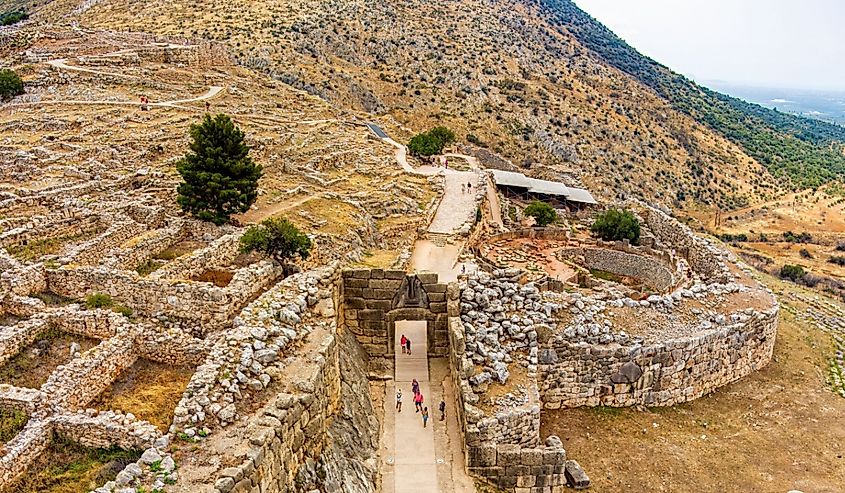
Although King Agamemnon was most famous for his siege of Troy in the Iliad, the palace of the King of Mycenae was also one of the most impregnable fortresses of the ancient world. Situated on a plateau above the Argolid plain, halfway between Corinth and Argos, the builders of this ancient fortress took advantage of the area's natural topography, constructing the citadel atop a large plateau, giving the walled city only one passable approach. This one approach was guarded by the Lion's Gate, heralded by lion statues between two colossal door jams, giving Mycenae one entrance and exit. A "Cyclopean" wall bordered the rest of the fortress, consisting of large boulders placed with smaller rocks and gravel in between, without mortar, called Cyclopean because they appeared to have been placed by the gigantic one-eyed monsters of ancient Greek myth. From this palatial citadel, King Agamemnon rallied the other city-states of Greece to his invasion of Troy.
Masada
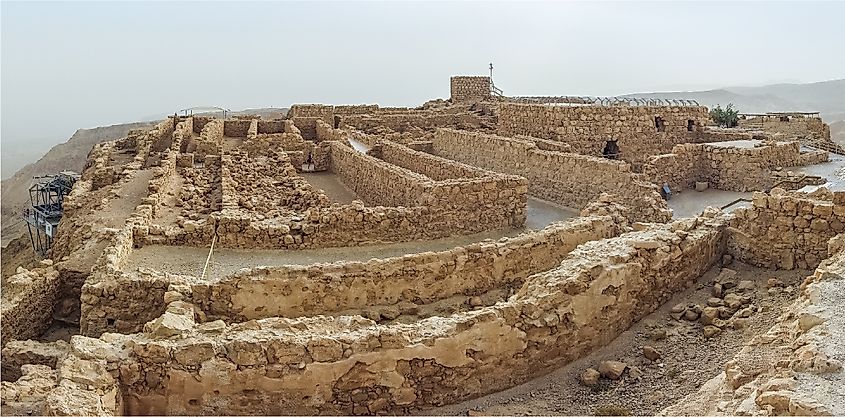
Masada is not only one of the most impregnable citadels of the ancient world, but its name literally means "fortress" in Hebrew. Located in the Judean Desert on the edge of the Dead Sea, Masada was first fortified in the second century BCE by the Hasmonean dynasty and expanded during the rule of Herod the Great (37-4 BCE) to include a synagogue, barracks, an armory, two palaces, a Roman bathhouse, and a wall to encase the complex. Built on a large mesa with a winding, snakelike road on the Dead Sea side of the mesa, the only approach to the ancient fortress is on this winding, snakelike road. Rising 1424 feet above the Dead Sea, with steep ravines surrounding it, Masada was invulnerable to any military tactic but siege. This is precisely the tactic the Romans used when a group of Jewish rebels occupied the citadel called the Zealots in the first century CE. Possessing cisterns fed by an aqueduct that held approximately 200,000 gallons of water, the Zealots were able to hold off the Roman attackers for two years before they breached the wall and poured vengefully into the walled city. Rather than die in Roman enslavement, the Zealots committed suicide en masse. Still admired as freedom fighters to this day in modern Israel, the Zealots are remembered for their fierce independence and adamant refusal to live under occupation.
The Wall of Gorgan
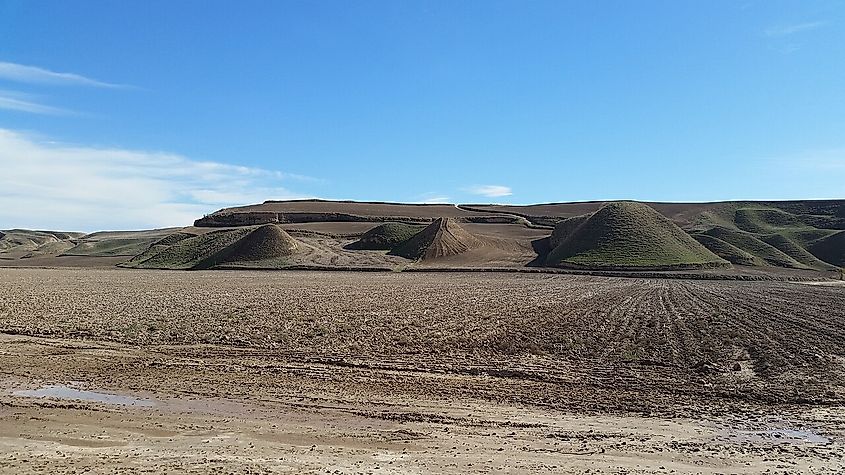
Stretching for over 120 miles throughout Northeastern Iran, in the Southwestern corner of the Caspian Sea, lies the ruins of one of the most impenetrable defensive walls built in the ancient world. The Wall of Gorgan was constructed between the 5th and 6th centuries CE by the Sassanian dynasty of ancient Persia. Water from a nearby river was diverted to serve as a moat along the wall, which is 2-10 meters wide and 6-8 meters high. Built out of sandstone bricks, the wall features upwards of 30 forts along its 120 miles, accompanied by an extensive and sophisticated canal system that supplied the fortifications with water. Part of a defensive network that included the Tammisheh wall, the Gorgan Wall defended the Sassanid empire from the Hephthalites, also known as the White Huns, and later from the Turks. The Wall of Gorgan was the world's largest and most advanced fortification when it was built, well before the Great Wall of China.
The Great Wall of China
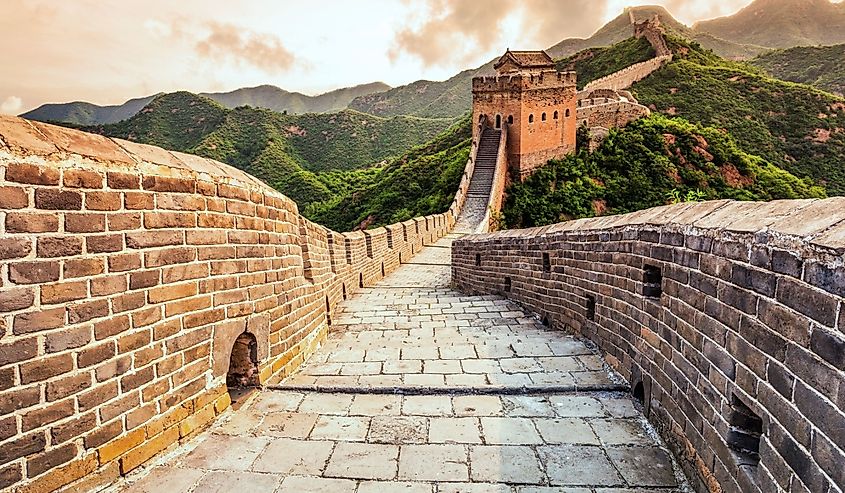
The Great Wall of China is perhaps one of the most recognizable structures on Earth, although it is a common yet untrue myth that it is the only structure that can be seen from outer space. The Great Wall does remain the most ambitious series of fortifications ever created. Rather than one great wall, it is a series of separate parallel walls that were emplaced during two millennia of construction. The first sections of the Great Wall were constructed in the 7th century BCE, when the kingdom of Chu built fortifications on its northern border, followed quickly by other small states in Northern China. The wall was turned into a unified defensive system by the Ming dynasty, and this version of the wall runs for 5,500 miles between China and Mongolia. Earlier sections and iterations of the wall were built to defend as much from other warring Chinese states as it was to protect from northern barbarian invaders.
From walled cities that disappeared into myth, like ancient Troy, to last-stand worthy mountaintop citadels like Masada, and walled fortifications that stretched over hundreds of miles, ancient fortresses are just as impressive now as ruins as they were when they were operable garrisons. Renovated and expanded over hundreds or even thousands of years, these ancient fortresses were so impregnable and durable that their ruins exist to this day.


